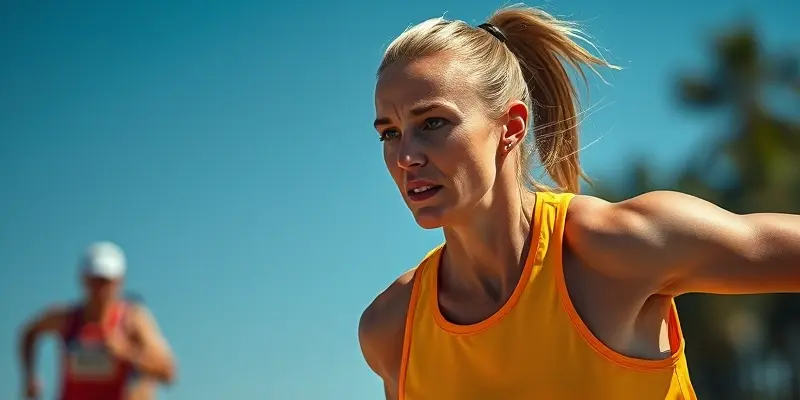Recovery Redefined: Lessons from Dwyane Wade’s Holistic Approach
Every athlete, from weekend warriors to pros, faces setbacks—injuries, burnout, or sometimes even bigger life challenges. But what does true recovery look like? For Dwyane Wade, legendary NBA star, recovery became more than just healing a body part; it became a pathway for growing stronger in every area of life. Let’s explore what Wade’s story teaches us and how you can apply these lessons to your own fitness journey.
Beyond Ice Packs: Recovery as a Holistic Journey
When we think of recovery, we picture ice baths, physical therapy, and maybe a week off training. But Wade’s journey shows recovery isn’t just physical—it’s mental, emotional, and social.
After retiring from the NBA, Wade faced significant changes: leaving the competitive spotlight, managing a serious health scare (Stage 1 kidney cancer), and supporting his daughter’s transition in a challenging social climate. Instead of retreating, he leaned into his family, built new supportive communities, and turned adversity into motivation.
What does this mean for you? It means recovery is about nurturing your mind and connections, not just your muscles.
Dwyane Wade’s Recovery Playbook: Real-Life Inspiration
Family Support and Honest Conversation
When injuries—or life—knock you down, who is in your corner? Wade turned to his family for strength and healing. As fitness enthusiasts, we sometimes focus so much on physical grind we forget the power of open conversation and support. Who’s your team outside the gym?
Turning Setbacks Into Motivation
Wade’s health scare could have sidelined his drive. Instead, he used it as fuel to launch philanthropic projects and deepen commitment to others. Can you find meaning in your setbacks? Maybe an injury gives you time to work on mobility, or a plateau pushes you to try a new sport.
Building Communities and Supportive Environments
Wade didn’t just focus inward—he reached out. Whether moving to a more supportive space for his family or creating initiatives like Translatable for youth well-being, he understood that community matters. Recovery thrives in the right environment. Try a group class, connect with like-minded athletes, or online forums if in-person support isn’t available.
Investing in Tools for Ongoing Well-Being
Recovery isn’t just a one-time event. Wade prioritized nutrition, mental health, and consistent routines, even after leaving the NBA. These are tools anyone can use: regular sleep, smart fueling, mindfulness, and healthy routines make a powerful difference.
Practical Strategies: Your Recovery Checklist
Ready to approach your next setback like a pro? These tactics have powered top athletes like Wade—and they can work for you too:
-
Rest and Listen to Your Body
Take rest days seriously. Your muscles—and your mind—need time to rebuild. Don’t push through pain unless guided by a professional. -
Prioritize Nutrition and Hydration
Think of food as fuel and building blocks. Balanced meals rich in protein, healthy fats, and carbohydrates speed up recovery. -
Address Mental Health
Meditate, journal, or talk with a mentor. Mental resilience accelerates physical healing and keeps you motivated. -
Create a Support Network
Family, friends, teammates, or online groups—lean on people who encourage your growth and well-being. -
Engage With Community
Join classes, volunteer, or find organizations supporting causes important to you. Recovery is richer when shared. -
Set Clear, Flexible Goals
Reframe setbacks as opportunities. Adjust your goals based on where you are now, not just where you hoped to be.
Pro tip: Think of holistic recovery like building a strong house. Your muscles are the walls, nutrition is the foundation, mental health is the roof, and your support network is what holds it all together.
For a detailed approach to managing physical setbacks, check out our injury recovery checklist to make sure you cover all the essential steps.
Conclusion: Your Path to Resilience
Dwyane Wade’s story proves you don’t have to be an NBA champion to approach recovery with purpose and hope. Whether you’re facing a minor injury or a major life shift, remember: healing is as much about the people around you and your mindset as it is about your body.
Start small—prioritize recovery for your whole self. Connect with others, fuel your body, care for your mind, and remember that setbacks can unlock the doorway to your strongest self yet.
Got your own recovery tips or questions? Join the conversation in the Gympulse Club comments below—let’s get stronger together!

